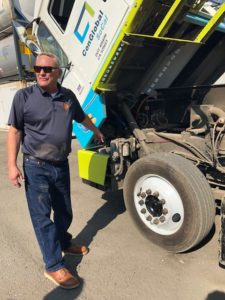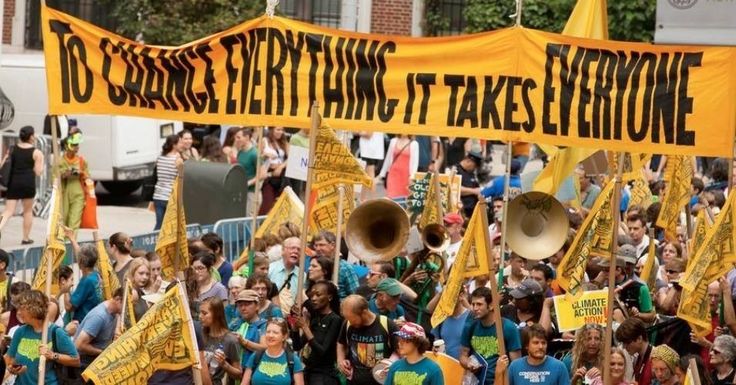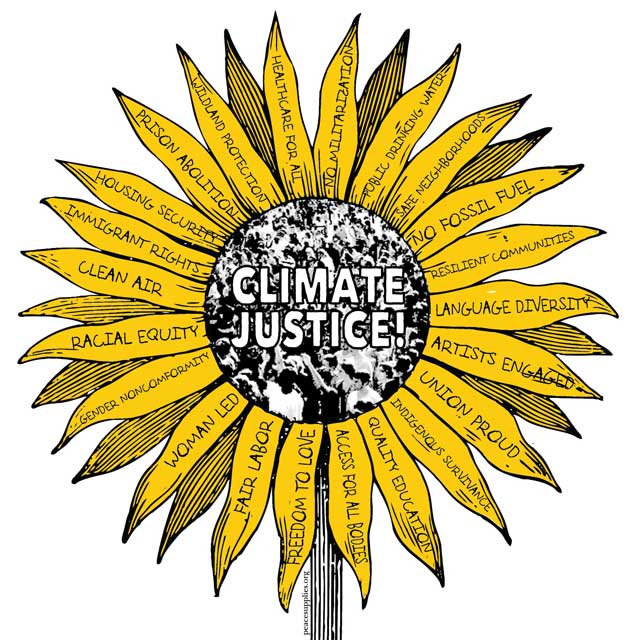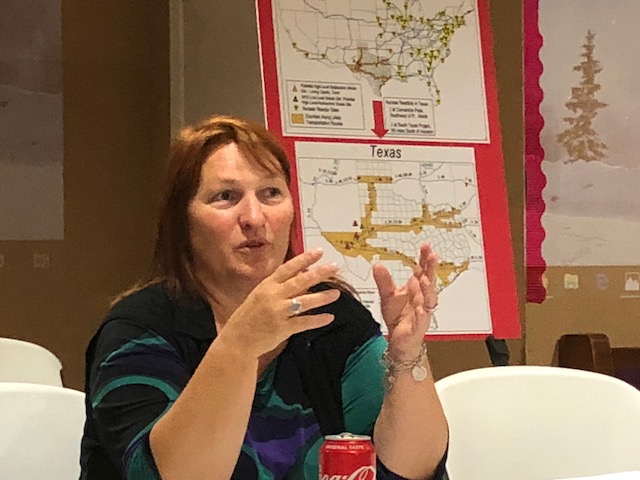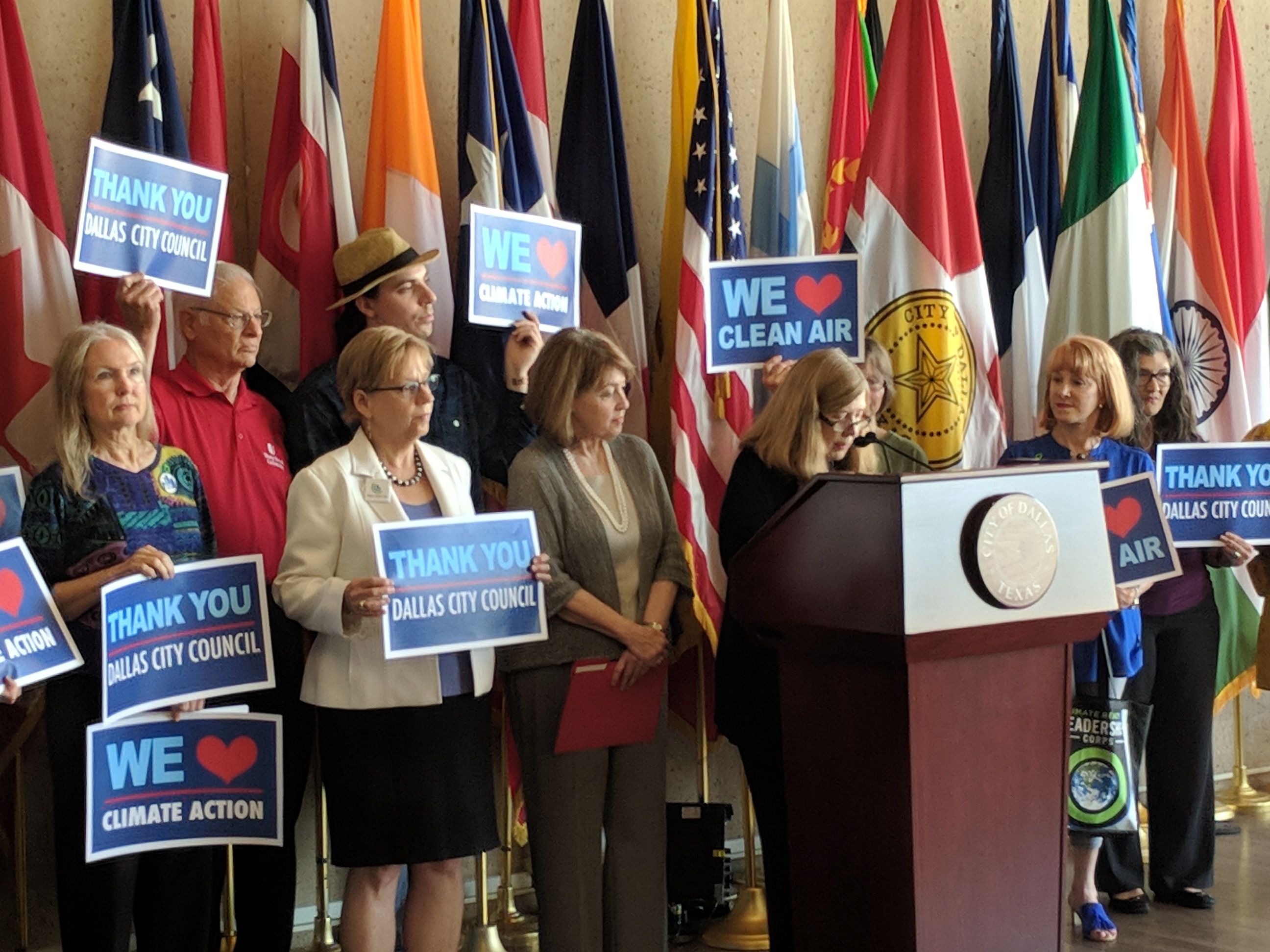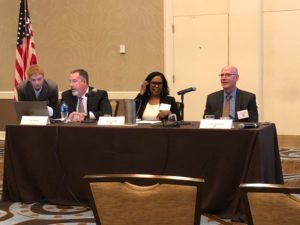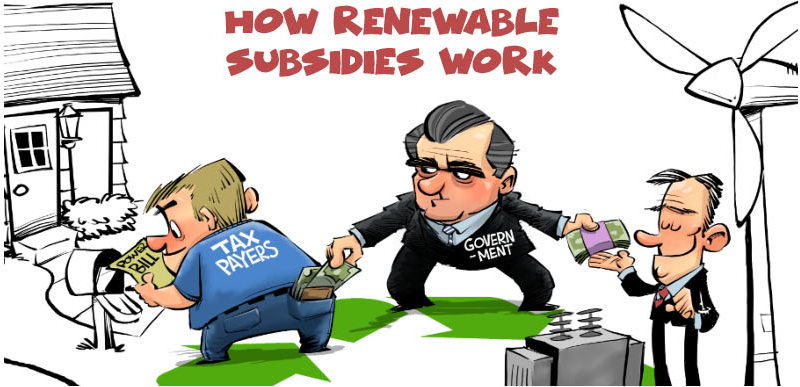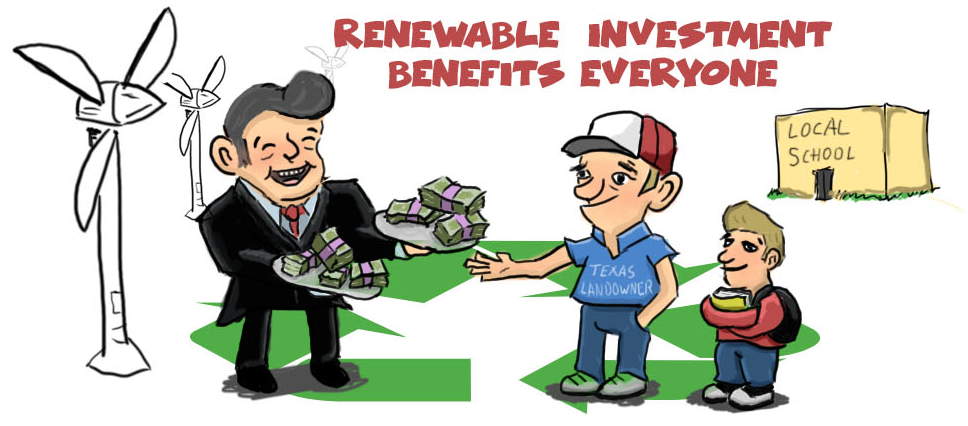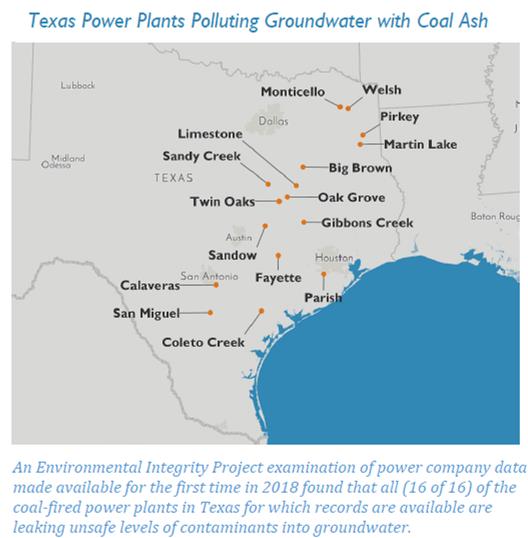
The nonprofit Environmental Integrity Project (EIP) examined the 16 Texas power plants that are required to monitor groundwater under the Federal Coal Ash Rule, and found that 100 percent of the coal plants (16 out of 16) are leaking contaminants, including arsenic, boron, cobalt, and lithium, into groundwater at levels that would be unsafe for human consumption. For a detailed discussion of our study’s methods, see page 17. Some of the main findings include:
• Thirteen of the sixteen coal plants have unsafe levels of arsenic in groundwater, with concentrations sometimes exceeding 100 micrograms per liter – ten times higher than the EPA Maximum Contaminant Level for arsenic.
• Ten plants have unsafe levels of boron, which is toxic to both humans and aquatic life. Multiple wells at the San Miguel plant south of San Antonio have boron concentrations of more than thirty milligrams per liter, exceeding EPA’s health advisory by ten-fold.
• Fourteen plants appear to be leaking unsafe levels of cobalt, which can harm the heart, blood, and other organs. The groundwater protection standard for cobalt is six micrograms per liter. At the San Miguel plant, Gibbons Creek facility northwest of Houston, and Welsh plant east of Dallas, cobalt in groundwater reaches more than 600 micrograms per liter, which is more than 100 times higher than safe levels.
· Lithium is associated with neurological effects and other health risks. Eleven Texas coal plants have unsafe levels of lithium in groundwater, with concentrations frequently exceeding 1,000 micrograms per liter, 25 times the health-based groundwater protection standard of 40 micrograms per liter.
In addition, with one or two exceptions, none of the coal ash ponds in Texas meet EPA requirements for liners, meaning that they lack underground barriers made of plastic or other waterproof materials that prevent them from leaking.
The plants in the study are Oak Grove and Twin Oaks coal plants in Roberson County, Sandy Creek coal plant in McLennan County, Limestone coal plant in Limestone County, Sandow coal plant in Milam County, Fayette coal plant in Fayette County, Monticello and Welsh coal plants in Titus County, Pirkey coal plant in Harrison County, Martin Lake coal plant in Rusk County, Big Brown coal plant in Freestone County, Gibbons Creek coal plant in Grimes County, Calaveras coal plant in Bexar County, San Miguel coal plant in Atascosa County, Parish coal plant in Fort Bend County, and Coleto Creek coal plant in Fannin County.
The report goes on to say the Texas Commission on Environmental Quality (TCEQ) can address the coal ash threat in the following ways:
• Require coal-fired power plants to remediate coal ash contamination from any onsite ash dumps, regardless of whether these dumps are active or inactive.
• Prohibit the dumping or burying of coal ash in places where it remains in contact with groundwater. The only way to prevent contamination from coal ash is to keep the coal ash contained and dry. Ash ponds at the Monticello and Welsh plants east of Dallas are in contact with groundwater, and the owners of these plants are planning to close the ponds in place. Leaving ash in these ponds will result in ongoing, long-term contamination of groundwater.
• Require owners to post all groundwater monitoring data as soon as the data are collected, and require owners to follow the assessment monitoring schedule laid out in the Coal Ash Rule, not the creative interpretation suggested by industry groups and sanctioned by the Trump EPA. Assessment monitoring should begin no later than 90 days after finding statistically significant increases in detection monitoring, and the assessment monitoring data should be analyzed for significant increases within 90 days of initiating assessment monitoring.
• Require owners to select background monitoring wells that are unaffected by coal ash from any coal ash unit, regulated or unregulated. This is what the federal Coal Ash Rule requires, and EPA and Texas should strictly enforce this provision of the rule.
• Require testing of any residential or municipal drinking water wells within one-half mile of coal ash ponds and landfills.
• Consider environmental justice and avoid disproportionate impacts of coal ash disposal on low-income communities and communities of color.
To read the entire report, Groundwater Contamination from Texas Coal Ash Dumps
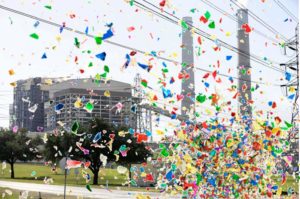
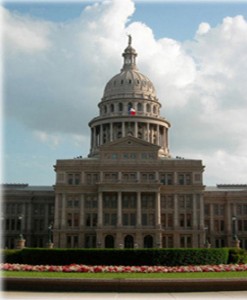
 Vision Plan Needs Work
Vision Plan Needs Work



